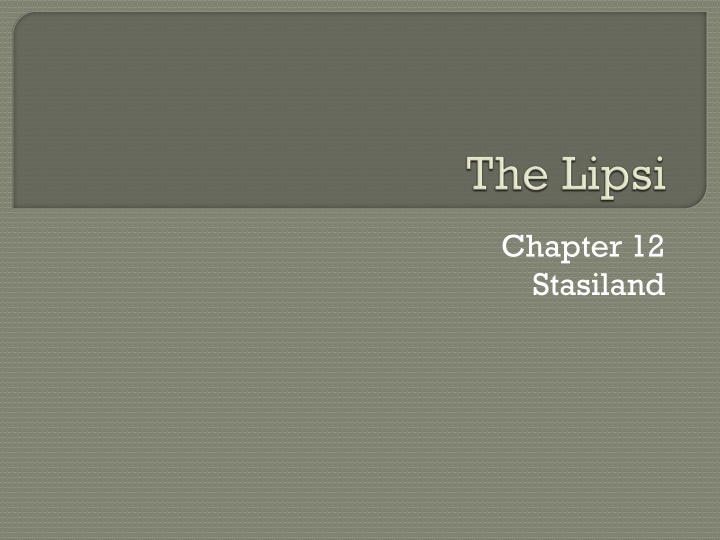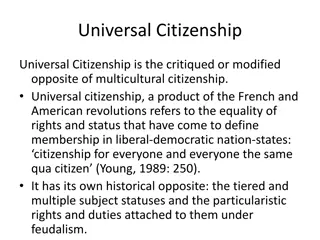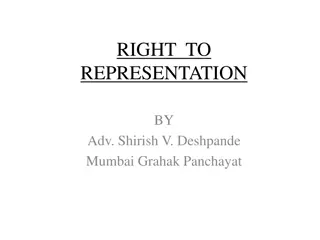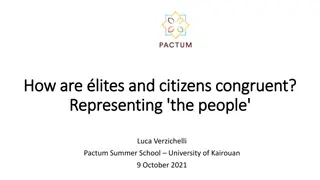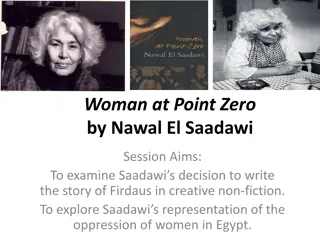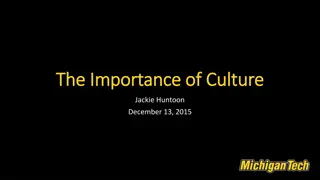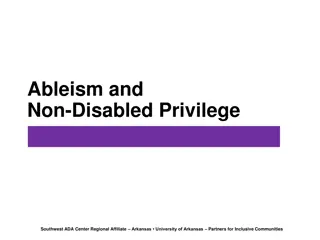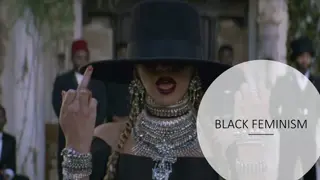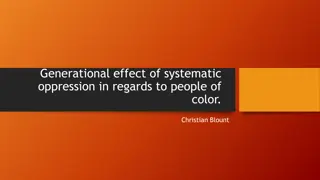Allegorical Representation of GDR Oppression in "Stasiland
The imagery in "Stasiland" delves into the symbolism of GDR oppression through cultural artifacts like The Lipsi dance, revealing the manipulative propaganda tactics of the regime. Funder's portrayal of the dance reflects the mechanical nature of the Stasi, shedding light on the absurdity of GDR ideology and creating a satirical view of a regime that sought to control through cultural infiltration.
Download Presentation

Please find below an Image/Link to download the presentation.
The content on the website is provided AS IS for your information and personal use only. It may not be sold, licensed, or shared on other websites without obtaining consent from the author.If you encounter any issues during the download, it is possible that the publisher has removed the file from their server.
You are allowed to download the files provided on this website for personal or commercial use, subject to the condition that they are used lawfully. All files are the property of their respective owners.
The content on the website is provided AS IS for your information and personal use only. It may not be sold, licensed, or shared on other websites without obtaining consent from the author.
E N D
Presentation Transcript
Chapter 12 Stasiland
Symbol of GDR oppression Cultural manufacturing Now out of nowhere and overnight This new beat is here to stay p.127 the beat could symbolise the Wall
Fear of the influence of the West The East s answer to Elvis and decadent foreign rock n roll A dance invented by a committee, a bizarre and hipless camel of a thing p.127
1964 Go Go dancing - The West 1964 - The Lipsi - East Germany
The Lipsi can be seen as allegorical representative of the fiction of socialism huge fixed smiles as if they needn t give a single thought to what their feet are doing p.126 The dancers, just like East Germans, are pretending (fixed smiles). Any suggestion of spontaneity is undermined by following the rules of the dance.
Funder uses allegory to make a wider statement about the oppression in the GDR The propaganda has infiltrated popular culture in an attempt to brainwash GDR youth The Lipsi becomes emblematic of the propaganda used to control East Germans.
Funder works hard to make the reader sympathetic to those who supported the regime. Was this your reading of Stasiland?
Compare pages122-123 to the text below Tweedle Dee and Tweedle Dum youtube clip
Through her description of The Lipsi she uncovers the way that the propaganda was designed by the Stasi as a manipulative piece of cultural infiltration. Her assessment of the dance as a bizarre hipless camel of a thing is allegorical. She could be describing the sexless moves of the Stasi themselves. Her caricature of GDR culture makes a mockery of both the dance and the mechanical Stasi machine, overshadowing any sense of sympathy the reader may feel with the need to laugh. It is true that the reader would find it difficult to sympathise with those who subscribed to GDR ideology; however, the cartoonish qualities she evokes throughout the text turn the regime into something comic. Indeed, it s not just the Lipsi that makes us laugh. The way Funder ridicules The Cardigans who sit behind a counter at the GDR TV archive uncovers the two men as the Tweedle Dee and Tweedle Dum of Funder s Adventures in Stasiland . The absurdity and surrealism of the scene is also likened to a play written by Beckett. It simply doesn t seem real. As readers we are completely discouraged from taking those who subscribed to Stasi ideology seriously.
What else could you build into this paragraph?
The links between Alice in Wonderland and Stasiland are significant and well worth writing about. How could you include an extension on my paragraph that incorporates this? It must connect with the prompt.
